Travel Reference
In-Depth Information
A BEASTLY AFFAIR
In February 2009 there was an uproar in China about the sale of two bronze animal heads by the auction house
Christie's. The sale was the latest twist in a saga stretching back to 1860, when the Old Summer Palace was
torched by Anglo-French troops and the animal heads were presumably pilfered.
The 12 heads belonged to a dozen statues with human bodies and animal heads (representing the 12 animals
of the Chinese zodiac) that jetted water from their mouths for two hours in a 12-hour sequence and formed part
of a structure called the Hǎiyàntáng.
Four of the original 12 animal heads have been repatriated (by being bought at auction or donated) and can be
seen at the Poly Art Museum. Of the eight still abroad, the rat and rabbit heads that appeared at Christie's be-
came the focus of a powerful Chinese sense of injustice.
A convincing moral argument exists that the animal heads should be returned to China. However, some
people have pointed to the lack of conclusive evidence that the animal heads were stolen by French or British
troops; the possibility exists, they argue, that the heads were plundered by Chinese eager to get back at Manchu
rule or to sell to international clients.
Although it is probable French or British troops carried off the booty, the evidence is largely circumstantial.
The torching of the Old Summer Palace was a shocking act of vandalism (revenge for killing a correspondent
from the London
Times
) and most of the wooden Chinese-style buildings were burned to the ground. But the
Old Summer Palace's famous Jesuit-designed Western-style palaces were built of stone and far harder to des-
troy. It is these that can still be seen today in the jumble of ruins in the northeast corner of the palace park. Re-
cords indicate that a considerable number of these buildings survived the torching, but progressive theft by loc-
als over the subsequent decades gradually reduced what remained.
The heads themselves are perhaps a peculiar choice of national ire for the Chinese, considering they are
Western in fashion, and styled by the Jesuits. It has even been suggested that the Empress Dowager disliked the
heads so much that she had them pulled down; if so, where were they stored?
What is evident is that the ruins, and the animal heads, have become symbols of China's humiliation at the
hands of foreign powers, and icons that increasingly resonate as the country assumes a more central role in in-
ternational affairs.

